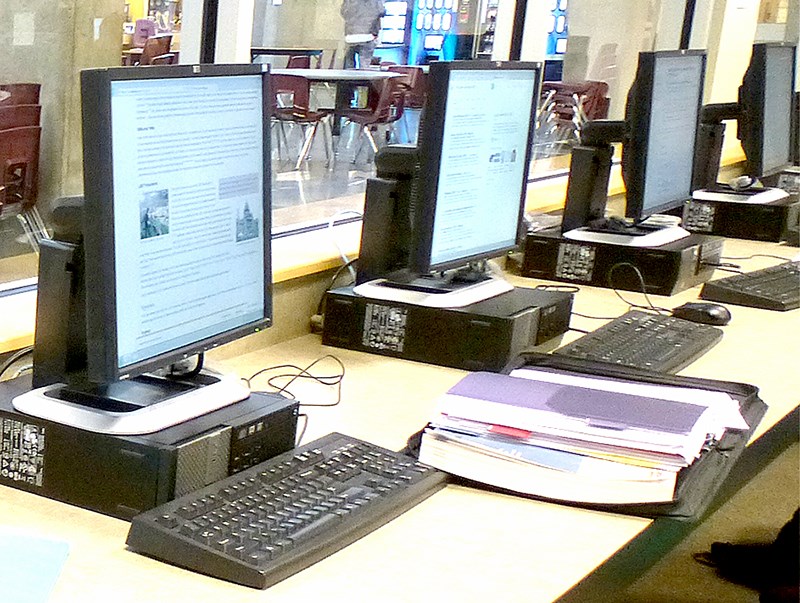Fresh paint on the walls and new computers may start to appear in local public schools in the new year after the board of education approved a policy for dealing with future budget surpluses.
While only a few years ago School District 43 was facing a $10-million deficit, it now eyes the possibility of future surpluses thanks to fees paid by foreign students seeking an English education.
On Nov. 29, the board of education approved a policy that will see future operating surpluses divvied up, with 40% of extra dough spent to deal with a backlog of school maintenance and to replace outdated technology.
But the majority — 60% of future surplus funds — will be spread over three years to cover any bumps in funding, an initiative that will add some much-needed consistency into the budget, according to board chair Kerri Palmer Isaak.
“We can’t count on it forever but we can count on it for the next three years,” said the Anmore/Belcarra trustee, “and with any luck, that will continue. We certainly try very hard to keep that [international education] program and keep it flourishing.”
Students from other countries who go to school in SD43 pay $14,000 in fees and enrolment last year and at 1,800, the number of those students was substantially higher than originally forecasted. And while not all of the $6.5-million surplus from the last school year was from international education revenue, a similar formula of divvying up funds over four years was used to allocate the extra 2015/’16 funds.
Palmer Isaak said distributing the funds over several years is simply a good budget strategy.
“I think this is our board’s goal, to try in our best possible way to provide some sort of consistent and reliable funding so we can grow our programs and staffing [and] to not go through the cut, build, cut, build cycle. It gives us a chance to rebuild.”
As to why school maintenance is being paid for from surplus, Palmer Isaak said it was to allay concerns of parents and principals that painting and repair work was not being kept up.
“We’ve really fallen behind with running the budget so tightly,” she said.
SD43 is also putting money into replacing outdated technology, a goal laid out in the district’s Directions 2020 strategic vision, but also necessary, Palmer Isaak said, because of the increasing demands of the new curriculum and the need to have an efficient system of replacement.
Spending money on computers doesn’t mean parent advisory councils will no longer be fundraising for laptops and tablets; rather, schools will now have a baseline of hardware and parents can still fundraise for extras to meet school needs, she said.
“We look at parent contributions as a bonus,” Palmer Isaak said.
New computers won’t be arriving immediately but the district has a clearer picture of what’s needed, said Stephen Whiffin, associate director of instruction for learning and technology, after schools submitted plans for what their technology needs will be over the next five to six years. “After the six-year mark, they really aren’t a good educational resource for students,” Whiffin said, pointing out that older models are slower, harder to adapt to new software and may be a security risk for the district’s network.
They will be replaced once the surplus amount is known, he said, but estimates are that the district has 12,000 computers in school and 41% are coming to the end of their useful life.
The new technology is not likely to be desktop models but, more likely, tablets and laptops for younger students, and specialty equipment for students at the higher grades.
“Part of the feedback is they [schools] need a bit of funding support to make that sustainable,” Whiffin said.



